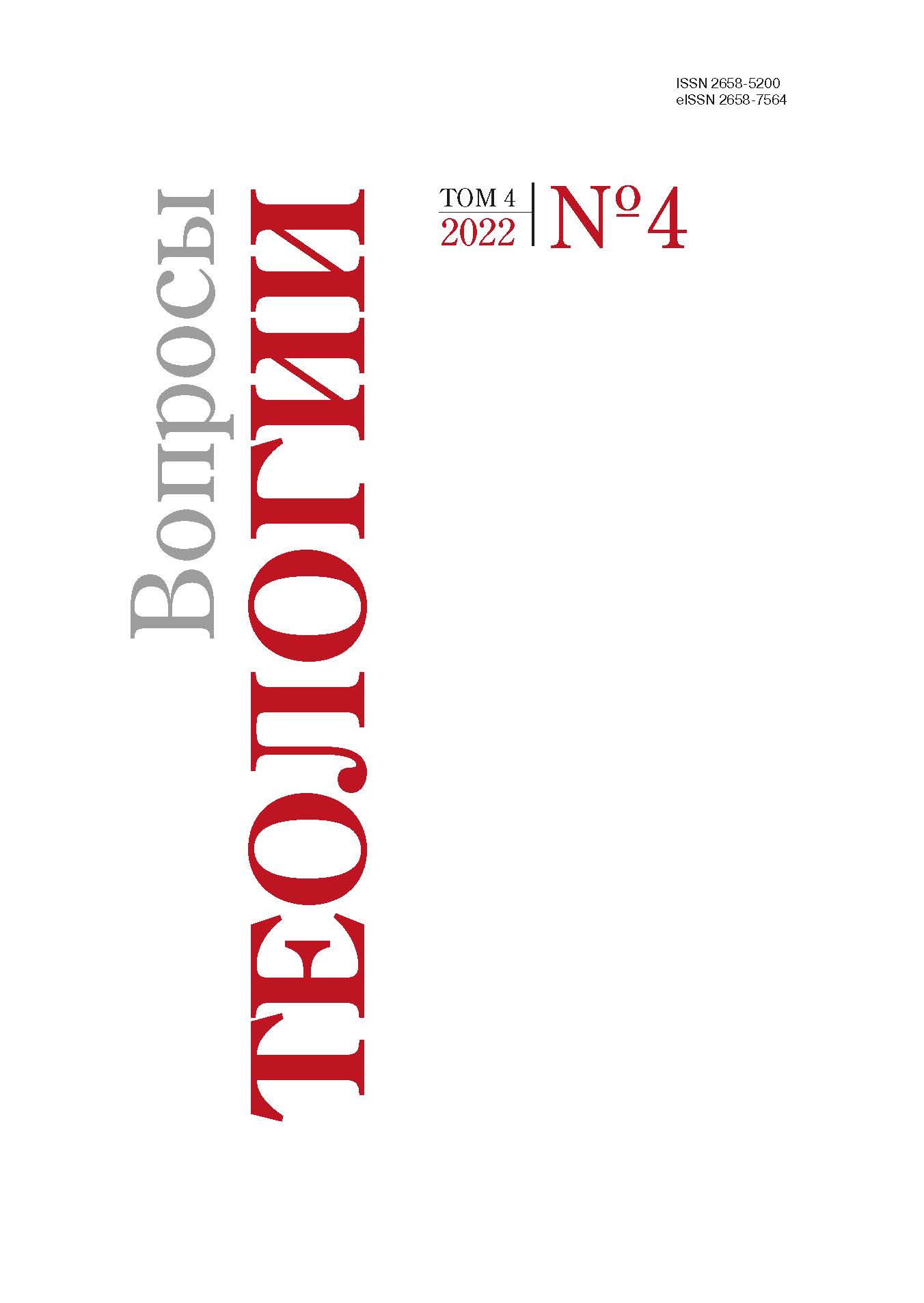Учение о кенозисе как основании буддийско-христианского диалога в работах философов Киотоской школы
DOI:
https://doi.org/10.21638/spbu28.2022.407Аннотация
Статья посвящена одному из эпизодов буддийско-христианского диалога, активно проходившего в последние десятилетия XX в. Непосредственной причиной возникшего обсуждения послужила работа «Кенотический Бог и ди- намическая шуньята» японского мыслителя Абэ Масао, в которой он произвел сопоставление христианской идеи кенозиса, «самоопустошения Бога», и буддийской концепции пустоты. Абэ Масао был одним из представителей Киотоской школы философии, существовавшей в Японии с начала XX в., и идея сравнения концепций кенозиса и пустоты рассматривалась и другими участниками этого философского сообщества. Философы Киотоской школы разрабатывали методы интерпретации кенозиса с помощью парадоксальной махаянской логики «одновременного тождества и различия» (соку-хи). Данная логика может быть описана формулами: «А не есть А, и поэтому А» либо «А есть тогда и только тогда, когда А не есть А». Первым логику соку-хи сформулировал Судзуки Дайсэцу Тэйтаро. Нисида Китаро, основатель Киотоской школы философии, и его последователи использовали эту идею в компаративных исследованиях базовых концепций буддизма и христианства. В заключительной части статьи показан один из способов восприятия христианства японскими мыслителями через призму буддийских философских подходов.
Ключевые слова:
межрелигиозный диалог, кенозис, логика соку-хи, Киотоская школа философии, чистый опыт, не-двойственность в буддизме махаяны, логика места
Скачивания
Библиографические ссылки
References
Загрузки
Опубликован
Выпуск
Раздел
Лицензия
Статьи журнала «Вопросы теологии» находятся в открытом доступе и распространяются в соответствии с условиями Лицензионного Договора с Санкт-Петербургским государственным университетом, который бесплатно предоставляет авторам неограниченное распространение и самостоятельное архивирование.




